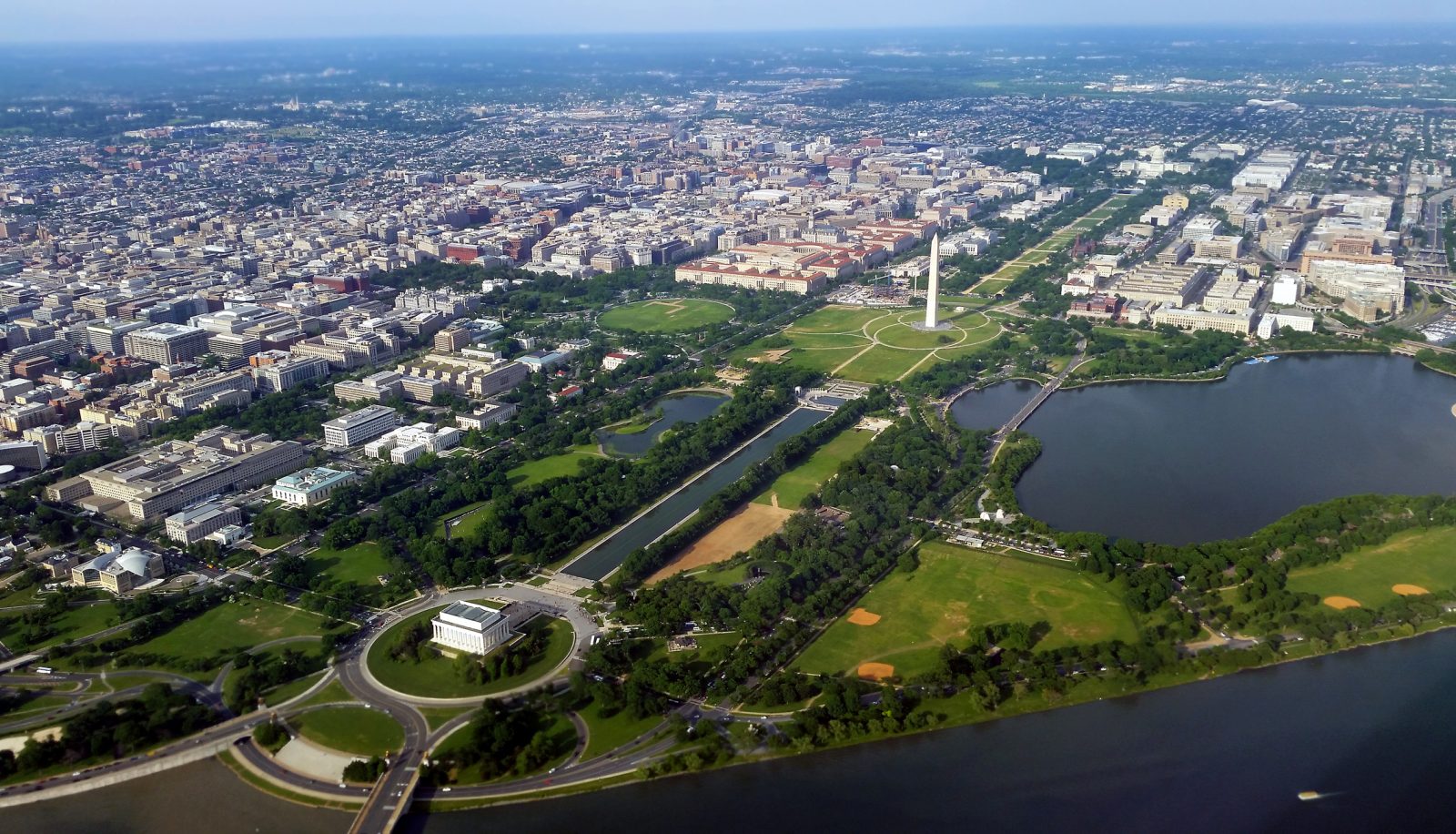TIME recently published an article with the headline: “The America That Votes in 2020 Will Look Radically Different Than it Did in 2016”. Note the use of “Will”. This is not only inaccurate, but premature as well. It all depends on WHO votes. While the eligible electorate may be quite different than the 2016 elections, who is registered and who votes depends on who is sufficiently motivated. We can’t be sure who will be motivated in 12 months when early voting starts, and we certainly won’t know until we see who the Democratic Nominee will be.
Polls are showing a heightened interest in the election as well as more of an intention to vote than at this time in other cycles. However, we cannot be sure that this polling is accurate or that the interest will sustain itself through election day. There are claims that candidates such as Elizabeth Warren or Bernie Sanders will hold that interest and will turn out vast crowds of new, first-time voters, ostensibly some of the same new voters discussed above. I am suspicious of such forecasts.
Charlie Cook, editor and publisher of The Cook Political Report and a columnist for the National Journal, noted that
“this is widely, almost universally likely to be the largest voter turnout since 1980 and perhaps our lifetime.”
However, Charlie has also said that “when voter turnout is extremely high, the higher the turnout the more the electorate simply looks like all registered voters.” It remains to be seen if different media consumption patterns in the last five years as compared to the previous 50 will change that paradigm.
I do applaud the attention the story gives to states, specifically Texas and North Carolina. We elect presidents through the Electoral College, so it’s important to recognize it is a state-by-state battle. In Texas, for example, there has been a 2% increase in eligible Hispanic voters from 2016 to 2020. This may not seem worthy of notoriety but given that the Texas Democratic Party recently released an ambitious plan to turn the state blue, it is worth some attention. In North Carolina, there has been an influx of new potential voters moving into the state that are significantly more educated — 32% have at least a bachelor’s degree. This is positive news for Democrats, given that surveys and polls indicate that voters with a college level education lean in their favor. It is possible that big demographic swings in a few states could alter the course of the national election.
